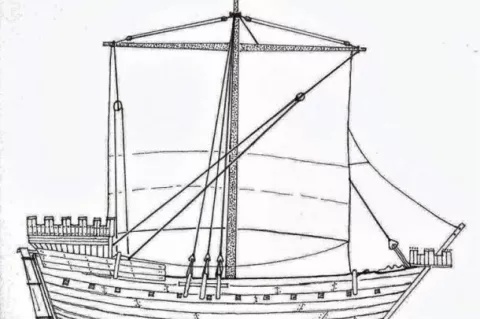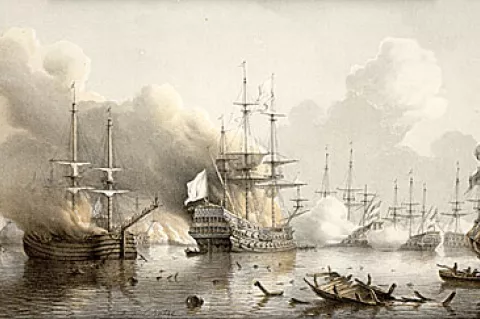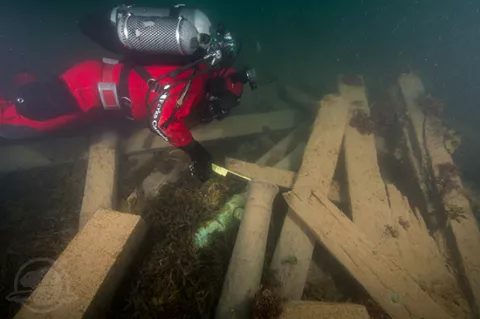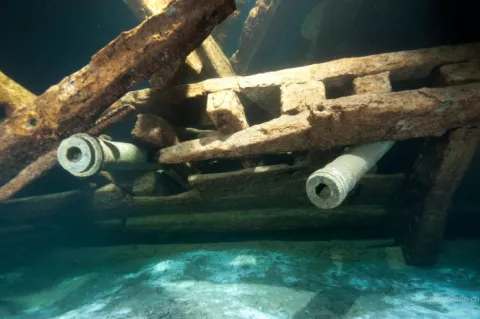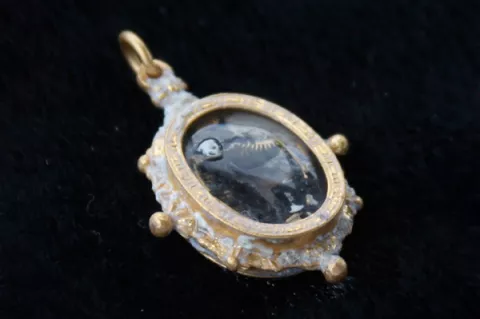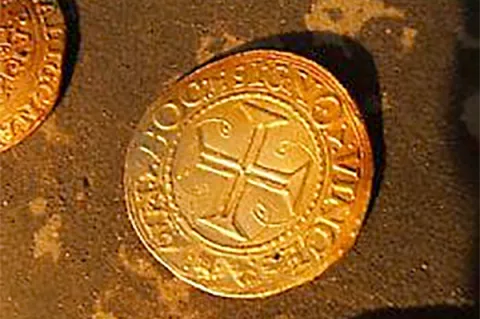Finnish media report the find of 15th century treasure ship
Finland’s accomplished diver and wreck researcher Rauno Koivusaari, who discovered the famous treasure ship Vrouw Maria in 1999, has now also found the wreck of the Hanneke Wrome just south of the island of Jussarö in Finland. According to historic documents, the ship was carrying 10,000 gold coins, estimated to be worth around €50 million today.

